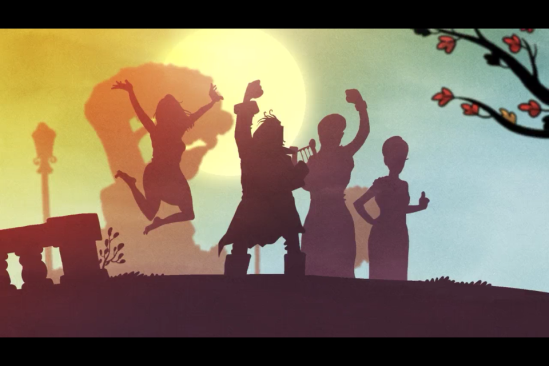I am not entirely sure if these thoughts warrant a post, but I just watched several episodes of the Rick Mercer Report so I am in need of a little ranting myself.
I am a member of the Society for Music Theory…it’s not a cult I swear. While I was updating my personal information on my profile, I noticed a disturbing field – Ethnicity. I have never thought ethnicity should be a part of these kinds of forms or applications. Why should it matter? It shouldn’t, at least I don’t think it should matter, but maybe that’s the polite Canadian in me.
Take a look at the options SMT offers:
 There are just so many things wrong with this drop down menu I don’t know where to start. I suppose if I had to categorize myself as a colour, it would be white. I don’t like to identify myself as a white person just as much as any other person doesn’t like identifying themselves as black, yellow, brown, or some other sort of superficial label. Ethnicity is not just about what colour you are, it’s about who you are and how you fit into your cultural niche. To simply say, “I’m white.”, doesn’t tell you anything, except that I am from planet earth.
There are just so many things wrong with this drop down menu I don’t know where to start. I suppose if I had to categorize myself as a colour, it would be white. I don’t like to identify myself as a white person just as much as any other person doesn’t like identifying themselves as black, yellow, brown, or some other sort of superficial label. Ethnicity is not just about what colour you are, it’s about who you are and how you fit into your cultural niche. To simply say, “I’m white.”, doesn’t tell you anything, except that I am from planet earth.
The hybrid options (the fill-in-ethnicity-here American) made me raise my eyebrow a bit. It saddens me that Africans, Asians, Mexicans, and Natives who are not part American have to classify themselves under “Other”. No body wants to be an “Other”, it sounds so depressing. What’s worse, is that when you select “Other” you can’t even type in who you are…you’re just an “Other”. Also, did they have to alphabetize this list? It makes it look like “Other” is a better option than “White”. Usually the “Other” option is at the bottom when all other options are exhausted.
If terms like black, yellow, brown, etc. don’t appear in this menu, then why “White”? White is a colour people! Just use the term Caucasian, it’s less offensive.
So why does SMT need to know this information?
It appears that ethnicity is relevant in applying for the SMT’s travel grants. The SMT offers two types of travel grants, 1) minority travel grants and 2) international travel grants. I, unfortunately, am ineligible for both.
The minority travel grant is for “Individuals belonging to a non-Caucasian ethnic group (minority ethnic groups have been defined here on the basis that the majority of current SMT members are of Caucasian ethnic origin)”. Here’s an easy way to remember – if your White, you gotta pay for your own flight, if you’re a minority, you get priority.
The international travel grant is for “Individuals who reside outside the United States and Canada”. Um, last time I checked Canada is international. For more details on either of these grants click here.
So great, I am part of a majority as a Canadian-White music theorist. Lucky me.

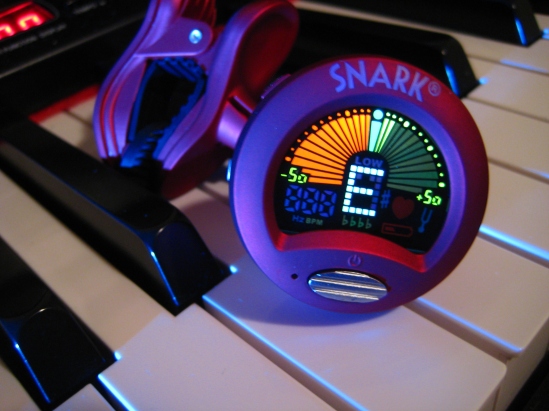


 There are just so many things wrong with this drop down menu I don’t know where to start. I suppose if I had to categorize myself as a colour, it would be white. I don’t like to identify myself as a white person just as much as any other person doesn’t like identifying themselves as black, yellow, brown, or some other sort of superficial label. Ethnicity is not just about what colour you are, it’s about who you are and how you fit into your cultural niche. To simply say, “I’m white.”, doesn’t tell you anything, except that I am from planet earth.
There are just so many things wrong with this drop down menu I don’t know where to start. I suppose if I had to categorize myself as a colour, it would be white. I don’t like to identify myself as a white person just as much as any other person doesn’t like identifying themselves as black, yellow, brown, or some other sort of superficial label. Ethnicity is not just about what colour you are, it’s about who you are and how you fit into your cultural niche. To simply say, “I’m white.”, doesn’t tell you anything, except that I am from planet earth.

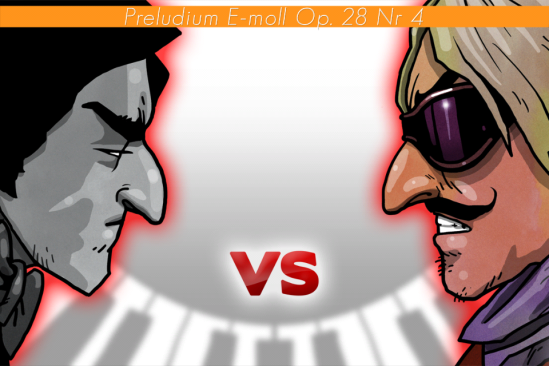
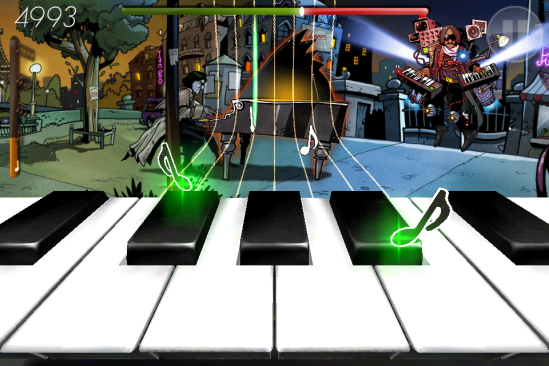
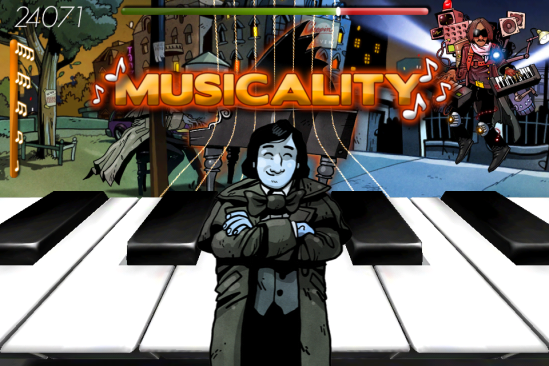
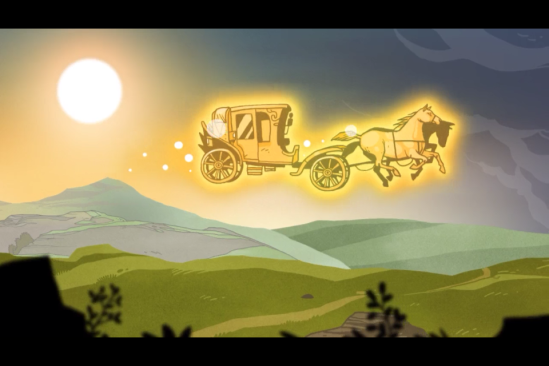
 He then realizes that his music production is actually harmful to society and that music should not be custom-made for society. The game is closed by Chopin stating it doesn’t matter what kind of music you make, as long as it flows from the heart.
He then realizes that his music production is actually harmful to society and that music should not be custom-made for society. The game is closed by Chopin stating it doesn’t matter what kind of music you make, as long as it flows from the heart.